Here will write about what is going on in our genomic projects such as the NFR project “InvertOmics – Phylogeny and evolution of lophotrochozoan invertebrates based on genomic data (Researcher Project – FRIPRO)”.
Category: Genomics
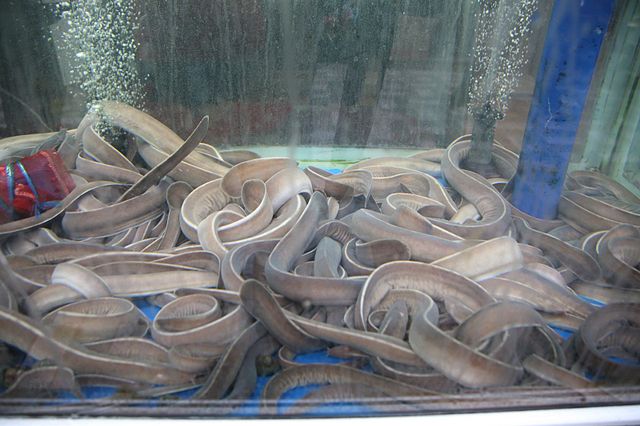
Stories from Slime Eels: How the Hagfish Helps Us Understand Humans
Hagfish, or “Slime Eels” (Slimåler in Norwegian, helpfully), are a group of deep-sea living fish that are most famous for the truly apocalyptic amounts of slime they can release when disturbed. In South Korea, they are eaten as a delicacy (and they are very nice – a bit […]
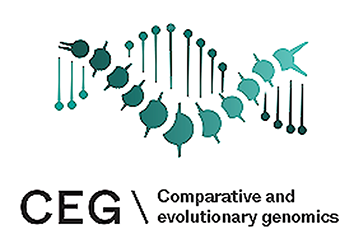
New year – new name; FEZ is now CEG
As written in our last blog of the advent calendar, we had many changes already last year with a new group leader and a new group webpage, which we is still develop further this year. However, another change becoming effective this year is that we change the name […]

Day 20: Defending Against Rising Ocean Acidification
As we open the door on day 20, we look at a species in the Invertomics study category in the wild, and highlight a study from 2019 that places Platynereis in a modern context, to assess its capability to act as a model organism for studies of ocean […]
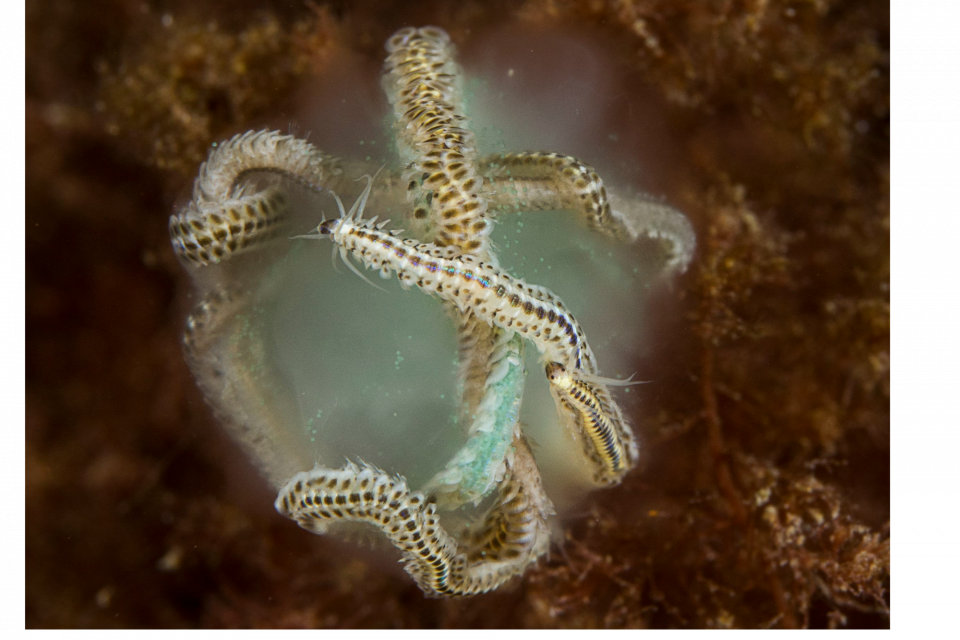
Day 15: What’s coming next year!
December is a time to reflect on the year that has passed, both the happy and sad, the success and the failures. But it’s also a time to look forward to the year ahead, new possibilities and opportunities. For me, this is especially important, as next time December […]

Day 8: Working in Phylogenetic Methods
As we open day 8 on our Advent Calendar, I bring an urgent message. Maths Can Be Fun, Too! The Christmas period and the advent calendar gives us a great chance to talk in more general terms about our research. Here at FEZ many of our ongoing research […]

Door 5: A book (gift) recommendation
As the festive season approaches, many of us find ourselves pondering the perfect gifts for our loved ones. Is for this reason that, in this post, I’d like to suggest a unique present that transcends the boundaries between scientific and non-scientific interests—a coffee table book titled “The Art […]
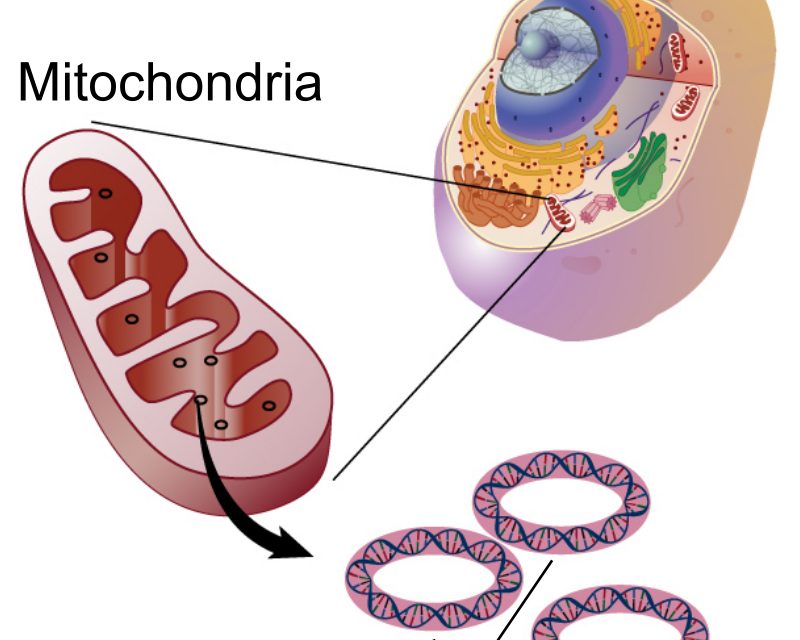
Door 2: Mitochondrial genomes and why they are so great
The mitochondria is the organelle within the cell which is regarded as the cells “power house”. This is because they play a crucial role in energy production through oxidative phosphorylation. Within the mitochondria, the mitochondrial genomes, also referred to as mitogenomes, are found. The mitogenomes are small circular […]
Door 1: Sequencing genomes suggested by the community
It is the time of the year again and we are running our advent calendar again. The first door opened and reveals an update on the Biodiversity Genomics Europe (BGE) project. The project started about a year ago and it is time to take a first look at […]
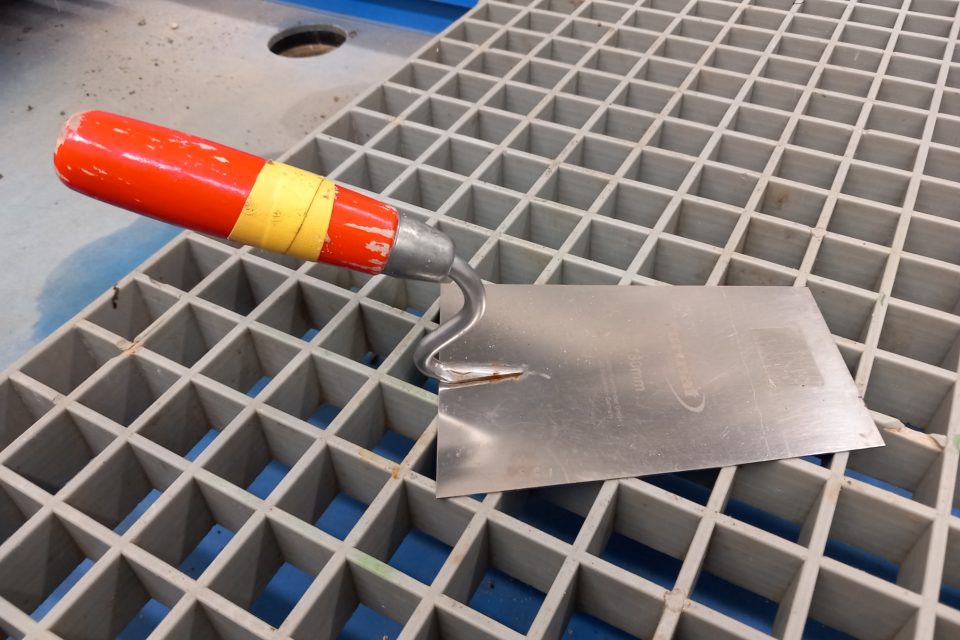
Doing genomic research with a masonry trowel
When you think about genomic research and sequencing genomes like it is the goal of the Earth Biogenome Project (EBP), Biodiversity Genomics Europe (BGE) or InvertOmics you have in mind all these new fancy technologies called Next-Generation, Third-generation or High-through-put sequencing. All these amazing advances in technologies allowing […]
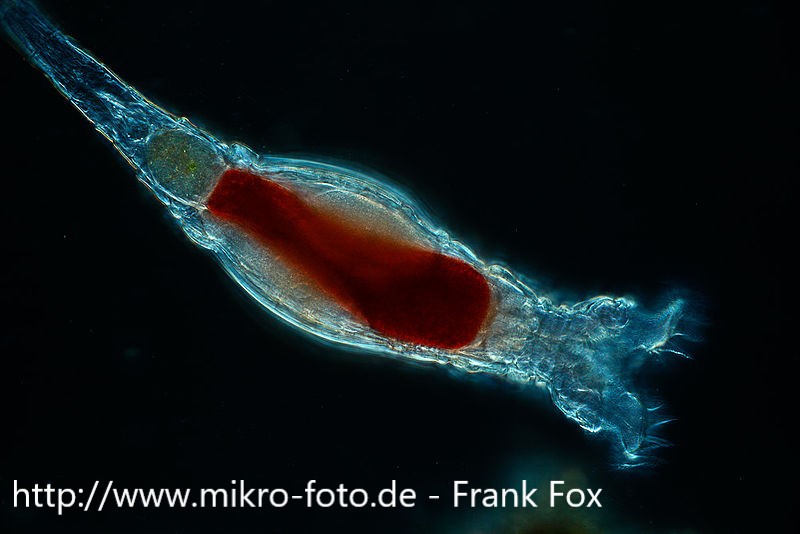
Group of the month: Rotifera
Rotifers, or “wheel animalcules”, are an interesting group of microscopic animals (size between 0.1 and 1mm in length) commonly found both in fresh water and terrestrial habitats; although less number of species have been described, marine rotifer species exist too. In regards with their classification, rotifers belong to […]